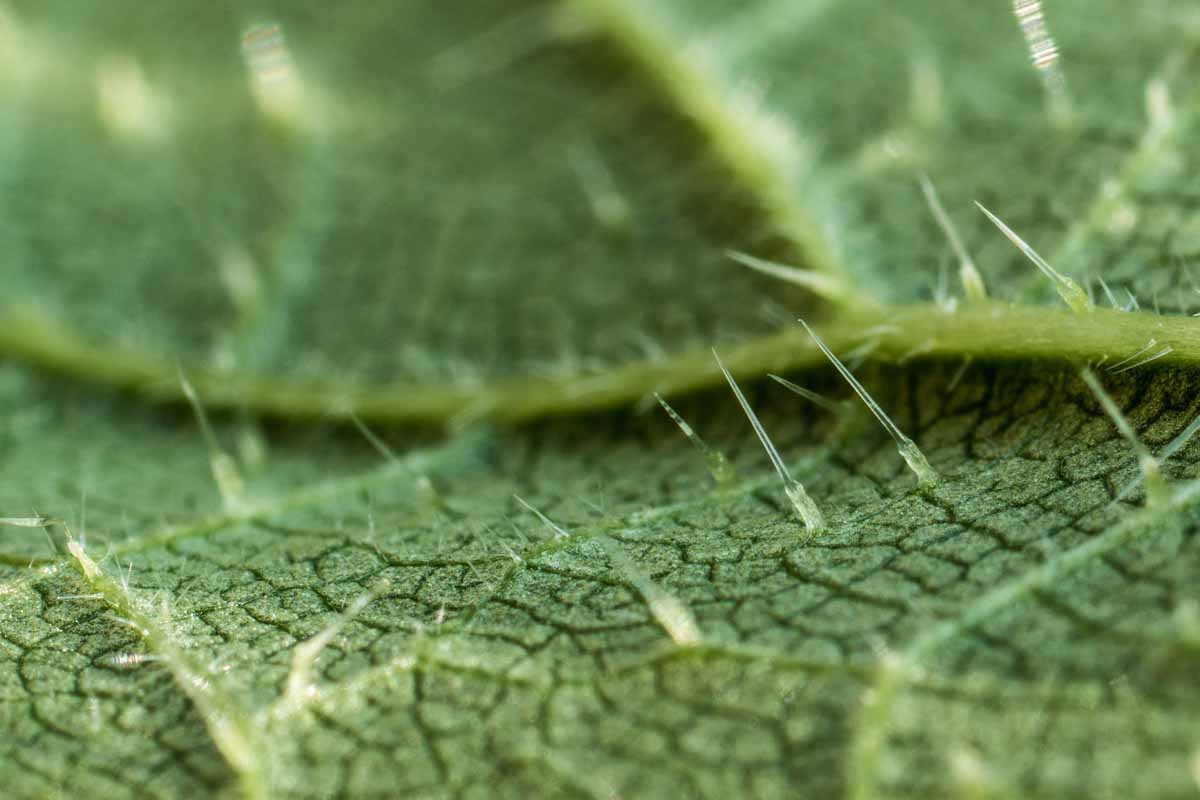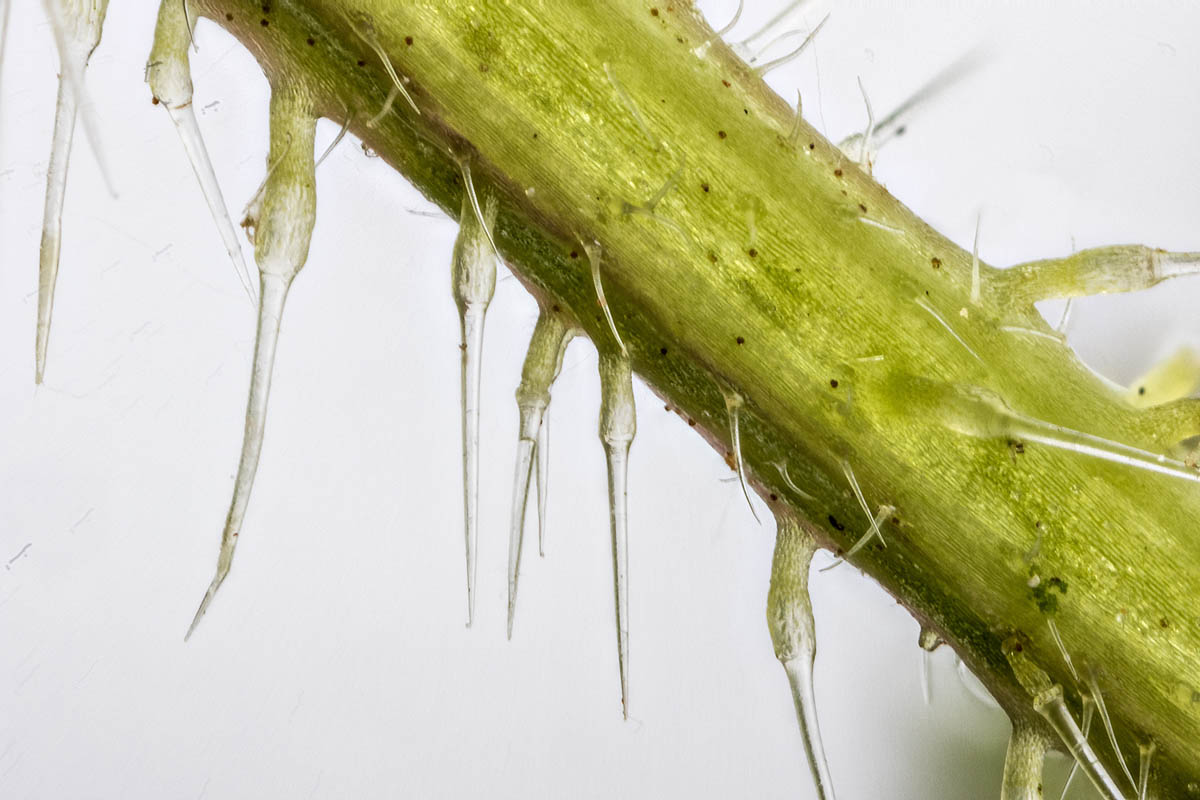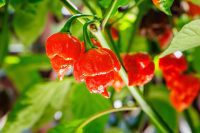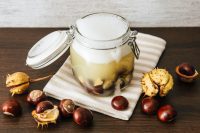What Are Nettles? The Nettle Family How Do Nettles Sting? Chemical Components Of A Nettle Sting The Purpose Behind Nettle Stings Effective Remedies Duration Of Symptoms Why Don’t Nettles Sting When Eaten? Nettle Uses
What Are Nettles?
Nettles, also known as stinging nettles, are herbaceous plants that have needle-like hairs on their leaves and stems. These hairs contain a mixture of chemicals that cause a stinging, burning sensation when they come into contact with the skin. This reaction, called urticaria, can result in symptoms such as itching, redness, and swelling.
The Nettle Family
Attribute |
Details |
|---|---|
| Common Name | Common Nettle, Stinging Nettle |
| Scientific Name | Urtica dioica |
| Native Area | Europe, Asia, North America, North Africa |
| Type of Plant | Herbaceous perennial |
| Family | Urticaceae |
| Height | Typically 3 to 7 feet (1 to 2 metres) |
| Leaf Shape | Heart-shaped, with a pointed tip |
| Flower Colour | Greenish or brownish |
| Blooming Season | Summer |
| Habitat | Thrives in rich soil, often in disturbed areas like edges of fields, roadsides, and gardens |
| Uses | Traditional medicine, culinary (cooked leaves), textile fibres |
Nettles were likely introduced to Australia by European settlers. Over time, it has spread across various regions, thriving in disturbed soils, which are common in areas of human activity. In Australia, nettles can be found in a range of habitats, including urban areas, gardens, near waterways, and in agricultural lands. They prefer moist, nutrient-rich soils and can often be found in shaded areas.
The name ‘nettle‘ is derived from the Anglo-Saxon word ‘netel‘, which means ‘to sting‘.
How Do Nettles Sting?

- The underside of the leaf and entire stem of the stinging nettle is covered in fine hollow hairs (known as trichomes or spicules) approximately 1 mm long, with a base that is more flexible and a brittle tip. Nettles synthesise and store the neurotransmitters histamine, acetylcholine, serotonin and formic acid which are stored in the base of the trichomes.
- The tip of the trichome is reinforced with silica, which makes it brittle and easily breakable upon contact. When something brushes against the nettle, the fragile silica tip breaks off, leaving a sharp point. Once the tip is broken, the trichome acts like a hypodermic needle. The pressure from contact forces the chemicals stored in the base of the trichome through the hollow tube and into whatever touched it, like injecting a substance through a needle causing contact urticaria.
Chemical Components Of A Nettle Sting
Inside these trichomes, the nettle produces a cocktail of chemicals. This mixture typically includes histamine, which causes itching and swelling; acetylcholine, which increases pain sensitivity; serotonin, which contributes to pain and discomfort; and formic acid, which can cause a burning sensation.
Acetylcholine
Acetylcholine is a neurotransmitter that activates nicotinic acetylcholine receptors (nAChRs). When acetylcholine interacts with nAChRs on sensory nerve endings in the skin, it triggers the release of histamine, which can hives and itching. Acetylcholine can also increase sensitivity to pain and inflammation in some cases, by activating nociceptors (pain receptors) and promoting the release of pro-inflammatory cytokines.
Histamine
Histamine is a neurotransmitter produced by several living organisms that is involved in several physiological processes. When histamine pierces the skin, it binds to H1 receptors on nerve endings, it activates a signalling pathway involving the protein phospholipase C (PLC). Inositol triphosphate (IP3) and diacylglycerol (DAG) are secondary messengers that are released, which cause an influx of calcium ions into the cells triggering the release of neuropeptides, such as substance P and calcitonin gene-related peptide (CGRP), which activate sensory nerve fibres, transmitting the sensation of itchiness to the brain. Histamine also causes vasodilation, increased blood flow and inflammation in the affected area, which further contributes to the sensation of itchiness.
Serotonin
Serotonin is a neurotransmitter that is involved in the transmission of signals in the nervous system, and it plays a role in inflammation and pain sensation. When released from the trichome, it binds to receptors on sensory nerve fibres, causing them to fire, which sends signals to the brain, that are interpreted as itching, pain and burning.
Formic acid
Formic acid is a small and highly reactive molecule found in the venom of many insects such as bees and ants, as well as one of the chemicals in the trichomes of stinging nettles. It interacts with nociceptors (pain receptors) located in the skin, triggering the sensation of stinging and burning.
Formic acid also causes inflammation in the skin, leading to redness, swelling and itching.
The Purpose Behind Nettle Stings

Plants have adapted several ways to protect themselves against herbivory. Thorns, spikes and prickles, toxins, tough, waxy or hairy leaves, strong odours, inducing the sensation of burning, rapid growth and mimicry. The purpose of the stinging sensation is to deter animals and insects from eating the nettle.
Nettles fall into the toxic category. Plant toxins act as a defence and can range from mild to deadly. While extremely uncomfortable, most cases of nettle exposure are unpleasant, but not serious. However, some people may experience a severe allergic reaction to nettle stings and experience swelling of the face and throat, difficulty breathing, rapid heartbeat and low blood pressure. One person I spoke to recently described being pushed into a crop of nettles as a teenager, experiencing widespread stings that required hospitalisation.
Personal Experience: What Does a Nettle Sting Feel Like?
I would describe the feeling as a sharp and burning sensation along with intense itching. As an active bushwalker and gardener living in Australia, I’m quite often bitten or scratched by various insects and plants. Still, nothing has stung as much as I experienced when I accidentally brushed past some nettles during a visit to England a few years ago. While the discomfort didn’t last for more than an hour or two, it was certainly unpleasant.
Effective Remedies
Dock leaves (Rumex spp.) are a common remedy for relieving symptoms associated with stinging nettles. The exact mechanism of action is unknown but may be due to the mucilage and tannins in the leaves that may help to neutralise the irritant compound from nettles. It is also possible that they offer a placebo effect.
- Wash the affected area: Use soap and water to wash the affected area and remove any remaining stinging hairs. There are some suggestions that you should wait ten minutes to allow the chemicals to dry, that will make removing them easier. However, others claim they should be removed immediately to reduce skin irritation and remove any remaining trichomes.
- Apply a cold compress: A cold compress can reduce swelling and relieve pain and itching.
- Topical creams: Over-the-counter corticosteroids or antihistamines can reduce inflammation and relieve itching.
- Apply a paste of baking soda and water: Mix baking soda with water to make a paste and apply it to the affected area. This can help neutralise the chemicals and relieve symptoms.
- Take over-the-counter pain relievers such as ibuprofen or paracetamol to relieve discomfort.
Duration Of Symptoms
Untreated, the symptoms last between 2 – 24 hours, however, treating the affected area can reduce the duration.
Debating the Venomous Nature of Nettles
The jury seems to be out as to whether nettles are venomous or not. Generally, venom is associated with animals such as snakes and spiders which inject their venomous toxin using specialised stingers or barbs. However, the nettle also injects its toxic substance, so is often classed as venomous.
Why Don’t Nettles Sting When Eaten?
When nettles are cooked the heat destroys the trichomes along with the chemicals they contain, making nettles to handle and eat. The heat from cooking causes the trichomes to burst and the chemicals are denatured and broken down. This process is known as hydrolysis. Soaking nettles in water before cooking can also remove some of the chemicals and reduce the stinging sensation.
Nettle Uses
It’s not all bad news when it comes to nettles, they have a long history of culinary and medicinal uses, which include:
- Antihemorrhagic agent: Nettles have been used to control menstrual bleeding and nosebleeds.
- Arthritis: The anti-inflammatory properties such as flavonoids, lectins, phenolic acids and triterpenoids may assist with pain and inflammation associated with arthritis. Fresh stinging nettles are applied to the joint in a process known as urtification.
- Urinary tract infections: Nettles are believed to have diuretic properties that can assist in flushing out the urinary system and prevent urinary tract infections.
- Skin conditions: The anti-inflammatory and astringent properties of nettles can be used to treat eczema, psoriasis and acne.
- Allergies: Nettles contain antihistamine compounds which include quercetin, kaempferol and lectins that can help to reduce allergic reactions.
- Benign prostatic hyperplasia (prostate enlargement): One study¹ involving 287 patients found that the phytosterols, lignans and polysaccharides in nettles were able to significantly reduce the International Prostate Symptom Score (IPSS) score, serum PSA and prostate size.
Nettles have been a food source for centuries and are a popular ingredient in many traditional dishes, particularly in Europe. Culinary uses of nettle include nettle soup, pesto, tea and smoothies. Nettles are a great source of A, B, C, and K, proteins, iron, calcium, magnesium, linoleic acid, linolenic acid, palmitic acid, stearic acid, oleic acid, amino acid and antioxidants.
The tough fibres in the stalks of nettles have been used for thousands of years to create strong and durable textiles, such as linen and cordage. Nettle fibre is durable and has a unique texture. Recently, there has been a growing interest in using nettles as a sustainable and eco-friendly alternative to traditional textiles.
Wear protective clothing when harvesting nettles, even when cut down, they can still sting.
References:
- Ghorbanibirgani A, Khalili A, Zamani L. The Efficacy of Stinging Nettle (Urtica Dioica) in Patients with Benign Prostatic Hyperplasia: A Randomized Double-Blind Study in 100 Patients. Iran Red Cres Med J. 2013;15(1):9-10. DOI:10.5812/ircmj.2386
Julia is a writer and landscape consultant from Wollongong with a love of horticulture. She had been an avid gardener for over 30 years, collects rare variegated plants and is a home orchardist. Julia is passionate about learning and sharing her knowledge of plant propagation and plant toxicology. Whether it’s giving advice on landscape projects or sharing tips on growing, Julia enjoys helping people make their gardens flourish.




